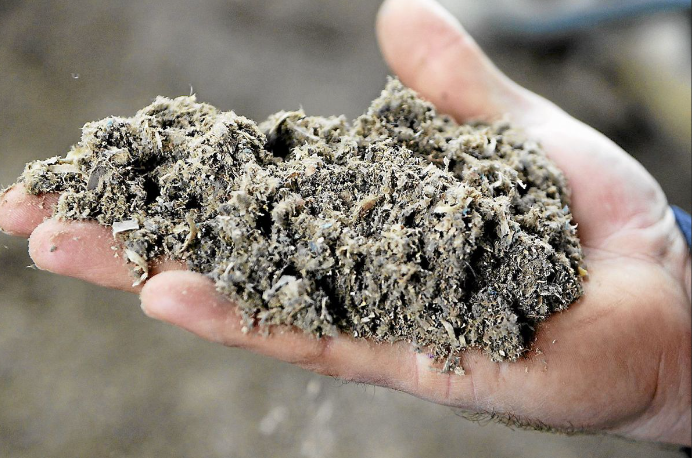By Nick Dimmock, Head of Investor Relations at EnviraBoard and Founder of 350 PPM.
The building products supply chain is beginning to offer solutions for carbon-negative building boards, which are designed to sequester more carbon than is emitted during their production, transportation, and installation. This innovation is driven by increasing demand for sustainable materials, net-zero carbon targets, and advancements in material science.
The supply chain is addressing the hot topic of carbon-negative building boards by exploring a variety of different materials to find the best solution.
EnviraBoards
Utilises recycled waste paper sludge as the raw material for its superior, sustainable building boards. This paper sludge, which is a secondary waste material that would usually end up in landfill or incineration, is free from toxins and is environmentally safe.
This is a new, high quality, cost effective, sustainable, and totally circular alternative to the widely used plasterboard products – typically made from gypsum.
EnviraBoards demonstrate a net reduction in carbon emission (compared to disposing of the waste) and can be recycled to produce new boards. They also offer strong acoustic and fire-resistant performance, excellent impact resistance, and are flexible, clean, quick and easy to install, handle and finish.
Biobased Materials
Fast-growing, renewable plants are also being explored for board manufacturing. These materials absorb carbon dioxide as they grow and require less energy to process, making them highly sustainable. Wood-based products have naturally high carbon-sequestration properties, storing carbon absorbed from the atmosphere. When responsibly harvested and processed, wood can become a carbon-negative material, especially if the production process minimises emissions and if reforestation or sustainable forestry practices are in place.
Innovative Binding Agents
Traditional binders, like resins in particleboard and MDF, often contain formaldehyde and rely on petrochemical-based materials, which emit carbon. However, new plant-based and bio-based binders are emerging, enabling the creation of fully biodegradable, carbon-sequestering boards. These eco-friendly adhesives further reduce the carbon footprint of these products.
Carbon-Sequestering Concrete and Composite Boards
For cement and concrete-based boards, carbon-curing technology can trap CO₂ within the product itself. This process involves injecting CO₂ into concrete during the curing phase, allowing it to be absorbed and stored within the board permanently.
Low-carbon composites like geopolymers are being used to reduce cement content and allow for carbon-negative properties, especially when combined with carbon-sequestering aggregates or fillers.
Manufacturing with Renewable Energy
Manufacturing facilities are transitioning to renewable energy sources such as solar, wind, and bioenergy to power production, reducing the carbon footprint of the entire process. Some producers have achieved fully carbon-neutral manufacturing facilities, which significantly helps in making carbon-negative building boards viable on a larger scale.
Lifecycle Analysis and Certifications
Environmental product declarations (EPDs) and lifecycle analysis tools are becoming standards in the industry, allowing builders and consumers to verify the carbon-negative status of building materials. Certifications and transparency help create a market for carbon-negative products, which is driving further innovation.
Circular Economy and Recyclability
Carbon-negative building boards are often designed for recyclability or even biodegradability, which extends their positive impact by reducing landfill waste and creating a closed-loop system. By reusing and recycling materials at the end of life, manufacturers and builders can further reduce the lifecycle carbon footprint.
Challenges and the Road Ahead
While carbon-negative building boards are a promising answer to reducing emissions in the built environment, challenges remain in terms of scalability, cost, and market adoption. Scaling production, optimising supply chains for low-carbon materials, and ensuring widespread adoption across the construction industry will be key for carbon-negative boards to become mainstream.
As sustainable construction practices gain traction and policies push for low-carbon solutions, the building products supply chain is likely to continue innovating toward more accessible, affordable, and verifiable carbon-negative building materials. This progress is an encouraging step toward achieving net-zero and even carbon-negative building goals.
